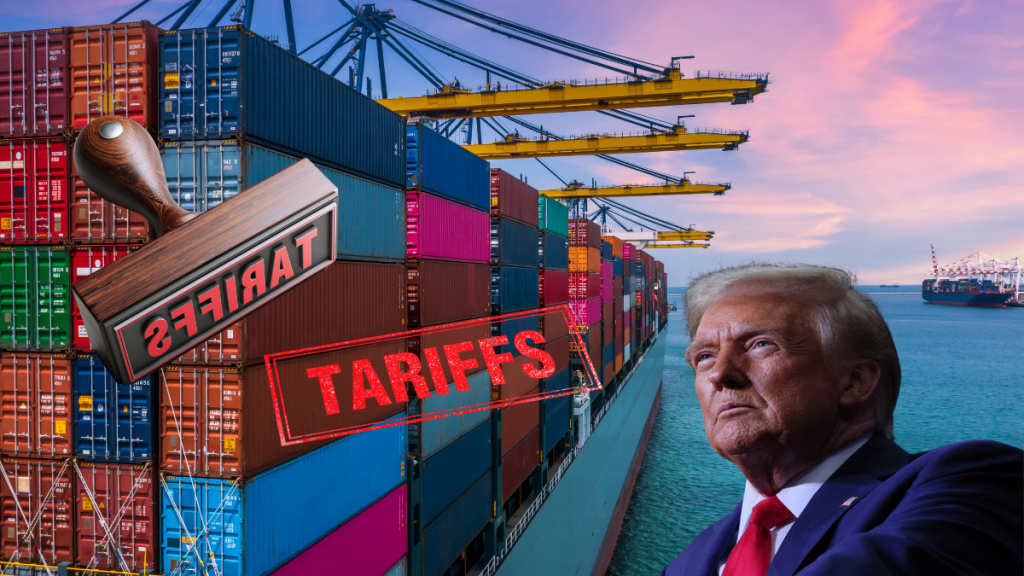India has been hit by a 50 per cent tariff on its exports to the US since August 27, affecting key sectors such as textiles and seafood. Brokerages, however, expect the US to reduce the tariff to 25 per cent in the coming months. “Our base case assumes that the reciprocal tariffs will remain at 25 per cent through FY26, but the 25 per cent penalty will be lifted after November,” Nomura said in its latest report.
Despite predicting a breather, Nomura has cut its GDP forecast for FY26 to 6 per cent from 6.2 per cent, citing weaker exports, job losses, and a slowdown in private investments. It also expects two more rate cuts of 25 basis points each by the RBI in October and December.
Nomura expects Russia-related 25% penalty to be lifted after November
After the US announced a 25 per cent reciprocal tariff on all countries exporting to the US, it imposed an additional 25 per cent tariff on India on August 6 for continuing to buy oil from Russia, following the trade agreement between the two countries. This pushed India’s total tariff rate to 50 per cent.
Nomura highlighted that the Russia-related penalty will remain in place for three months and is expected to be removed after November, as some compromise emerges. However, the 25 per cent reciprocal tariff will continue, as India remains firm in its stance and has not agreed to US demands on agriculture. “We expect the 25 per cent reciprocal tariff rate to remain in place through FY26 (year ending March 2026), above its Asian competitors, which face rates of 19–20 per cent,” Nomura said.
RBI may announce two 25-basis-point cuts in Oct and Dec: Nomura
With inflation running below target and growth risks rising, Nomura expects the Reserve Bank of India to step in with monetary support. It sees the RBI cutting policy rates by 25 basis points each in October and December, taking the repo rate to 5% by the end of 2025.
The note added that the central bank’s current 6.5% growth forecast does not fully account for the tariff impact, leaving space for monetary easing.
Nomura sees GST rationalisation pushing inflation lower
Nomura retained its inflation forecast at 2.7% for FY26, saying weaker demand and GST changes could push prices lower. The current account deficit is projected to widen slightly to 1% of GDP from 0.8% earlier, as falling exports weigh on trade.
As India has recently announced to simplify GST structure with only two slabs Nomura said that GST reforms remain positive, with jobs and income prospects continuing to drive consumption.
“Over the medium-term, the GST reforms are a positive, but in the near-term, expectations of lower prices (after the GST cut) will lead to lower demand in the run-up to the GST’s implementation (August-September), followed by a surge in demand afterwards (October-November), such that overall demand is largely similar,” noted Nomura.
extiles, jewellery, seafood may face “trade embargo”-like hit: Nomura
Nomura noted that with the 50 per cent levy in place, nearly 60 per cent of India’s exports to the US are now subject to steep tariffs, pushing the country’s effective rate to 33.6 per cent. While sectors like pharmaceuticals, semiconductors, electronics, bullion and energy are exempt, steel, aluminium, copper, autos and auto parts face duties of 25–50 per cent.
The US, India’s largest export market at $86.5 billion in FY25 (about 20 per cent of exports and 2.2 per cent of GDP), could see key sectors such as textiles, gems and jewellery, seafood and household goods hit hardest, with Nomura warning of a “trade embargo”-like effect. The impact is expected to fall heavily on MSMEs, putting over 21 million jobs at risk.
Government’s three-pronged strategy
To cushion the economy against the impact of steep US tariffs, the government is rolling out a pronged strategy combining fiscal support, structural reforms, and trade diversification.
1. Targeted support for exporters: The government is preparing a ₹2.5 lakh crore ‘Export Promotion Mission’, with interest rate support, credit guarantees and funding for branding and quality compliance.
2. Reform stimulus: The government is set to rationalise GST slabs by September-end and has already passed a new income tax bill aimed at simplifying rules. It is also moving ahead with the Jan Vishwas Bill to decriminalise minor offences and a fresh employment scheme worth ₹1 trillion.
3. Export diversification and geopolitical balancing: India is fast-tracking trade talks with the EU, ASEAN, Oman, Chile and others, while also building export promotion in 50 key countries across West Asia and Africa. At the same time, New Delhi is working to strengthen ties with both China and Russia to reduce overdependence on the US market.

